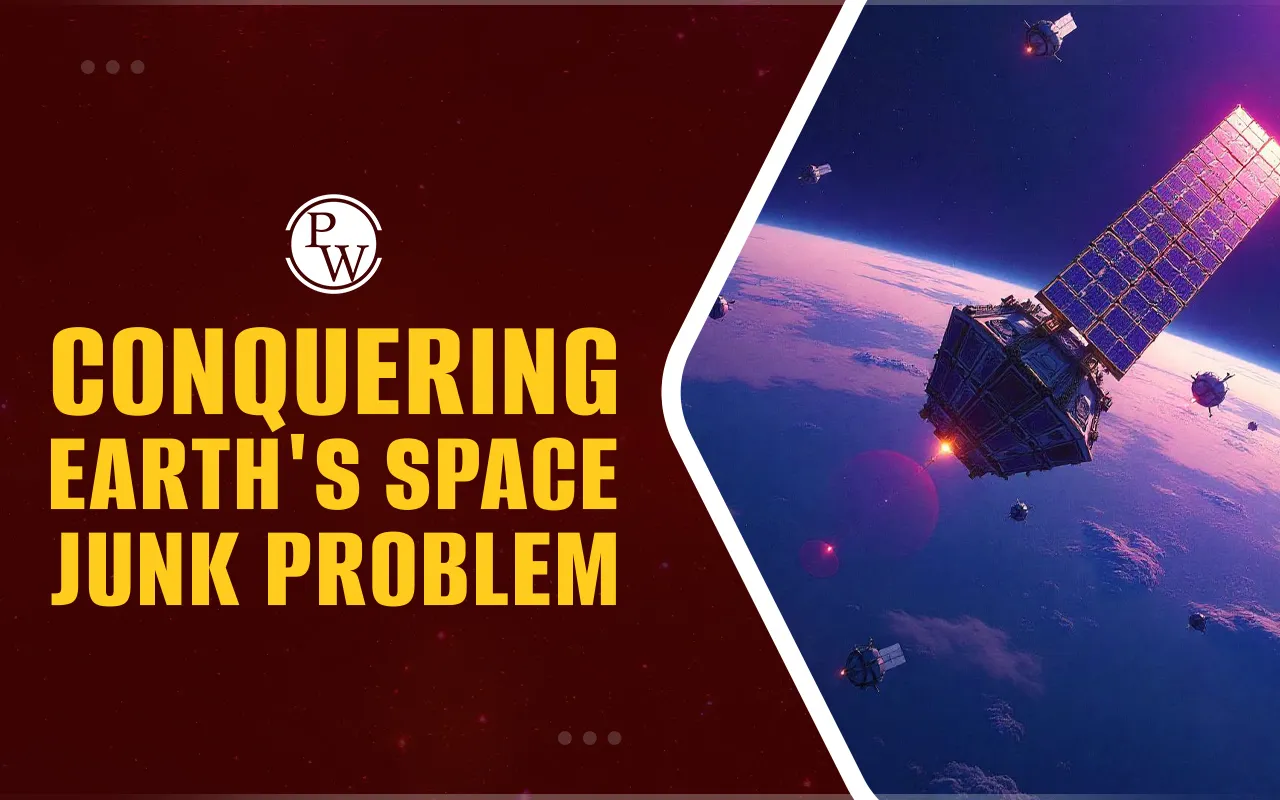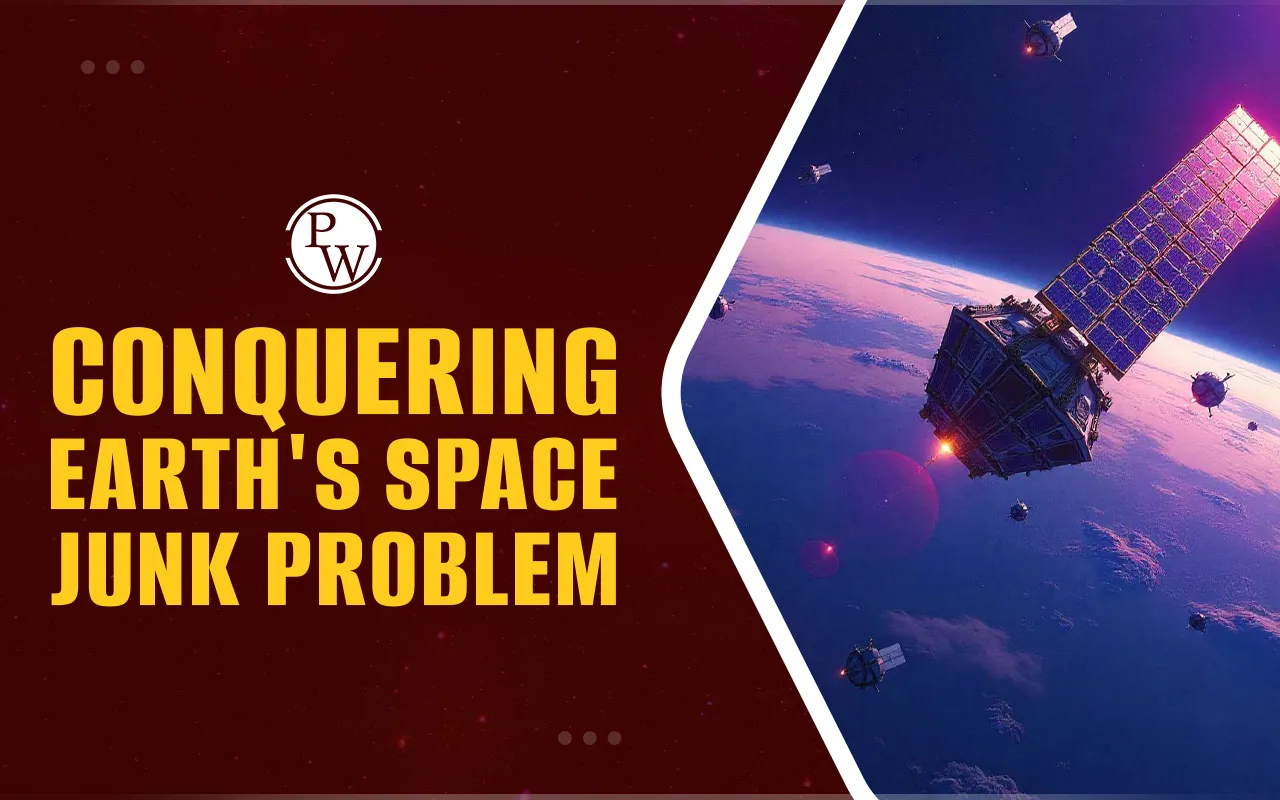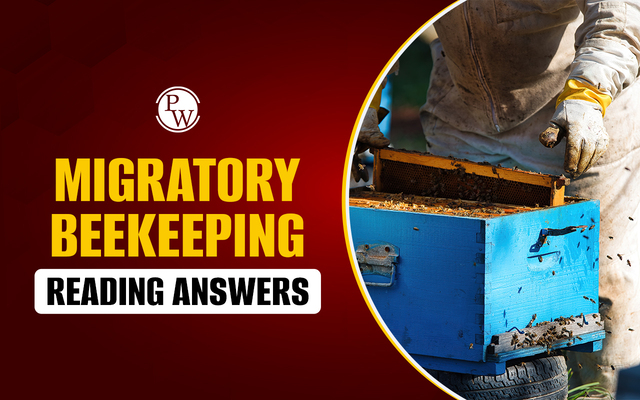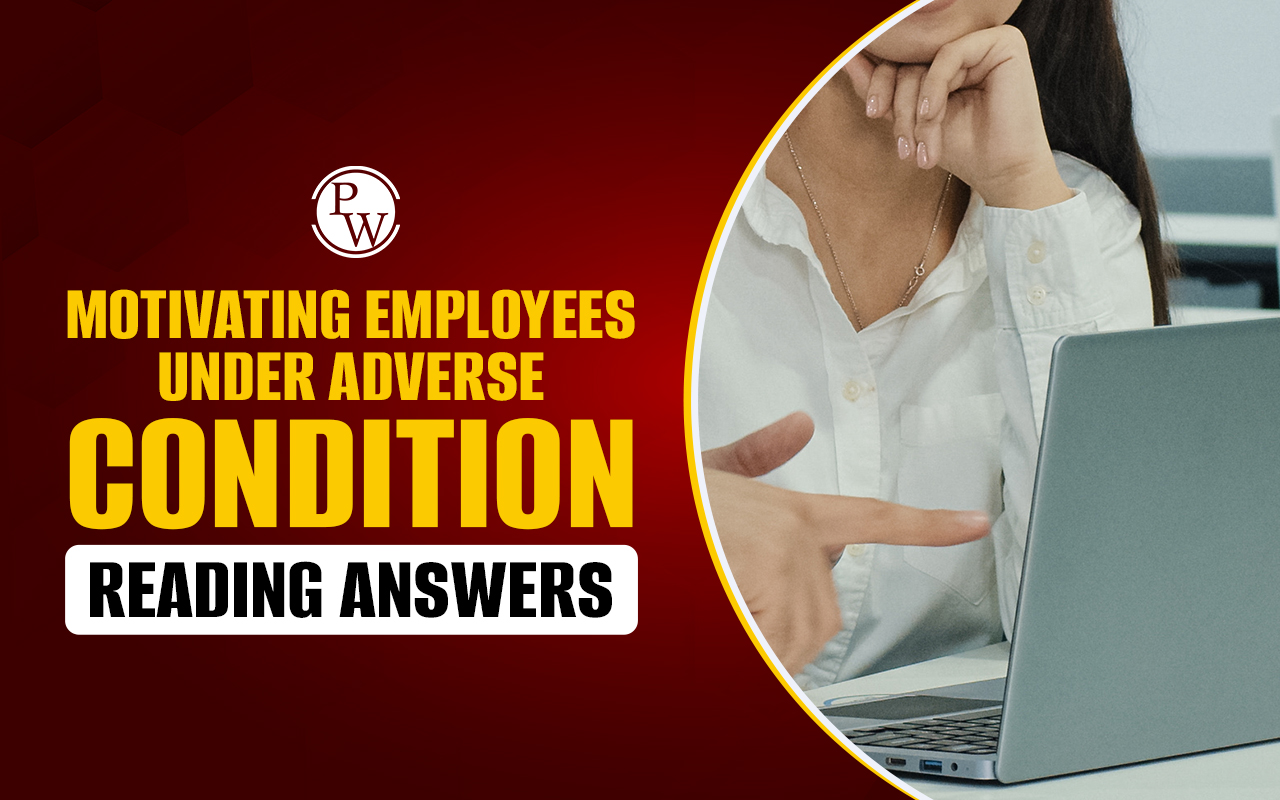

Conquering Earth's Space Junk Problem: The passage “Conquering Earth’s Space Junk Problem” explores the growing challenge of space debris and its impact on the sustainability of space activities. As more satellites are launched into orbit, the risk of collisions and the accumulation of space junk increases, posing serious threats to operational spacecraft. This passage highlights scientific efforts to track and manage space debris, the role of international organizations in mitigating risks, and the potential consequences if the issue remains unaddressed. Practicing questions related to this passage will enhance reading comprehension skills and help in identifying key details efficiently for IELTS 2025.
Conquering Earth's Space Junk Problem Passage
Conquering Earth’s Space Junk Problem
- Last year, commercial companies, military and civil departments, and amateurs sent more than 400 satellites into orbit, over four times the yearly average in the previous decade. Numbers could rise even more sharply if leading space companies follow through on plans to deploy hundreds to thousands of large constellations of satellites to space in the next few years.
- All that traffic can lead to disaster. Ten years ago, a US commercial Iridium satellite smashed into an inactive Russian communications satellite called Cosmos-2251, creating thousands of new pieces of space shrapnel that now threaten other satellites in low Earth orbit – the zone stretching up to 2,000 kilometers in altitude. Altogether, there are roughly 20,000 human-made objects in orbit, from working satellites to small rocket pieces. And satellite operators can’t steer away from every potential crash, because each move consumes time and fuel that could otherwise be used for the spacecraft’s main job.
- Concern about space junk goes back to the beginning of the satellite era, but the number of objects in orbit is rising so rapidly that researchers are investigating new ways of attacking the problem. Several teams are trying to improve methods for assessing what is in orbit so that satellite operators can work more efficiently in ever-more-crowded space. Some researchers are now starting to compile a massive data set that includes the best possible information on where everything is in orbit. Others are developing taxonomies of space – working on measuring properties such as the shape and size of an object so that satellite operators know how much to worry about what’s coming their way.
- The alternative, many say, is unthinkable. Just a few uncontrolled space crashes could generate enough debris to set off a runaway cascade of fragments, rendering near-Earth space unusable. ‘If we go on like this, we will reach a point of no return,’ says Carolin Frueh, an astrodynamical researcher at Purdue University in West Lafayette, Indiana.
- Even as our ability to monitor space objects increases, so too does the total number of items in orbit. That means companies, governments, and other players in space are collaborating in new ways to avoid a shared threat. International groups such as the Inter-Agency Space Debris Coordination Committee have developed guidelines on space sustainability. Those include inactivating satellites at the end of their useful life by venting pressurized materials or leftover fuel that might lead to explosions. The intergovernmental groups also advise lowering satellites deep enough into the atmosphere that they will burn up or disintegrate within 25 years. But so far, only about half of all missions have abided by this 25-year goal, says Holger Krag, head of the European Space Agency’s space debris office in Darmstadt, Germany. Operators of the planned large constellations of satellites say they will be responsible stewards in their enterprises in space, but Krag worries that problems could increase, despite their best intentions. ‘What happens to those that fail or go bankrupt?’ he asks. They are probably not going to spend money to remove their satellites from space.’
- In theory, given the vastness of space, satellite operators should have plenty of room for all these missions to fly safely without ever nearing another object. So some scientists are tackling the problem of space junk by trying to find out where all the debris is to a high degree of precision. That would alleviate the need for many of the unnecessary maneuvers that are carried out to avoid potential collisions. ‘If you knew precisely where everything was, you would almost never have a problem,’ says Marlon Sorge, a space-debris specialist at the Aerospace Corporation in El Segundo, California.
- The field is called space traffic management because it’s similar to managing traffic on the roads or in the air. Think about a busy day at an airport, says Moriba Jah, an astrodynamics at the University of Texas at Austin: planes line up in the sky, landing and taking off close to one another in a carefully choreographed routine. Air traffic controllers know the location of the planes down to one meter in accuracy. The same can’t be said for space debris. Not all objects in orbit are known, and even those included in databases are not tracked consistently.
- An additional problem is that there is no authoritative catalog that accurately lists the orbits of all known space debris. Jah illustrates this with a web-based database that he has developed. It draws on several sources, such as catalogs maintained by the US and Russian governments, to visualize where objects are in space. When he types in an identifier for a particular space object, the database draws a purple line to designate its orbit. Only this doesn’t quite work for a number of objects, such as a Russian rocket body designated in the database as object number 32280. When Jah enters that number, the database draws two purple lines: the US and Russian sources contain two completely different orbits for the same object. Jah says that it is almost impossible to tell which is correct unless a third source of information makes it possible to cross-correlate.
- Jah describes himself as a space environmentalist: ‘I want to make space a place that is safe to operate, that is free and useful for generations to come.’ Until that happens, he argues, the space community will continue devolving into a tragedy in which all spaceflight operators are polluting a common resource.
| IELTS Exam Important Links | |
|---|---|
| IELTS Reading Band Score | IELTS Listening Band Score |
| IELTS Speaking Band Score | IELTS Writing Band Score |
Conquering Earth's Space Junk Problem Sample Questions
Questions 1-5
Reading Passage, "Conquering Earth’s Space Junk Problem," has six sections, A-F.
Which section contains the following information?
Write the correct letter, A-F, in boxes 1-5 on your answer sheet.
-
An example of a collision that increased space debris.
-
The potential consequences of not addressing the space junk issue.
-
The role of international organizations in promoting space sustainability.
-
The challenges in accurately tracking all objects in orbit.
-
The comparison between space traffic management and air traffic control.
Questions 6-9
Complete the summary below.
Choose ONE WORD ONLY from the passage for each answer.
Write your answers in boxes 6-9 on your answer sheet.
The increasing number of satellites and debris in low Earth orbit poses significant risks. To mitigate these, international guidelines recommend deactivating satellites after their missions and ensuring they re-enter the 6 __________ within 25 years. However, only about half of the missions have achieved this 7 __________. The lack of precise tracking data makes it challenging for satellite operators to avoid potential 8 __________, leading to unnecessary maneuvers that consume valuable 9 __________.
Questions 10-14
Look at the following statements and the list of people below.
Match each statement with the correct person, A, B, C, or D.
Write the correct letter, A, B, C, or D, in boxes 10-14 on your answer sheet.
List of Statements:
-
Expressed concern about the potential for a runaway cascade of space debris.
-
Highlighted the lack of compliance with post-mission disposal guidelines.
-
Developed a database to visualize discrepancies in space object tracking.
-
Emphasized the importance of precise tracking to minimize collision risks.
-
Described space traffic management as analogous to air traffic control.
List of People:
A. Carolin Frueh
B. Holger Krag
C. Moriba Jah
D. Marlon Sorge
Conquering Earth's Space Junk Problem with Explanation
1. An example of a collision that increased space debris.
-
Answer: Section A
-
Location: Paragraph 2
-
Reference: "Ten years ago, a US commercial Iridium satellite smashed into an inactive Russian communications satellite called Cosmos-2251, creating thousands of new pieces of space shrapnel..."
-
Explanation: This sentence describes a specific collision that resulted in additional space debris.
2. The potential consequences of not addressing the space junk issue.
-
Answer: Section B
-
Location: Paragraph 4
-
Reference: "Just a few uncontrolled space crashes could generate enough debris to set off a runaway cascade of fragments, rendering near-Earth space unusable."
-
Explanation: This highlights the possible outcomes of the space debris problem that remains unaddressed.
3. The role of international organizations in promoting space sustainability.
-
Answer: Section C
-
Location: Paragraph 5
-
Reference: "International groups such as the Inter-Agency Space Debris Coordination Committee have developed guidelines on space sustainability."
-
Explanation: This mentions international efforts to ensure sustainable practices in space.
4. The challenges in accurately tracking all objects in orbit.
-
Answer: Section F
-
Location: Paragraph 10
-
Reference: "Not all objects in orbit are known, and even those included in databases are not tracked consistently."
-
Explanation: This points out the difficulties in maintaining precise tracking of all space objects.
5. The comparison between space traffic management and air traffic control.
-
Answer: Section F
-
Location: Paragraph 11
-
Reference: "Think about a busy day at an airport... Air traffic controllers know the location of the planes down to one meter in accuracy. The same can’t be said for space debris."
-
Explanation: This draws a parallel between managing air traffic and the complexities of managing space debris.
6. Atmosphere
-
Location: Section C, Paragraph 5
-
Reference: "...lowering satellites deep enough into the atmosphere that they will burn up or disintegrate within 25 years."
-
Explanation: The guidelines advise that defunct satellites should re-enter the atmosphere to disintegrate.
7. Goal
-
Location: Section C, Paragraph 5
-
Reference: "But so far, only about half of all missions have abided by this 25-year goal..."
-
Explanation: The 25-year re-entry objective is referred to as a "goal."
8. Collisions
-
Location: Section F, Paragraph 9
-
Reference: "That would alleviate the need for many of the unnecessary maneuvers that are carried out to avoid potential collisions."
-
Explanation: Accurate tracking can reduce unnecessary maneuvers aimed at preventing collisions.
9. Fuel
-
Location: Section A, Paragraph 2
-
Reference: "...each move consumes time and fuel that could otherwise be used for the spacecraft’s main job."
-
Explanation: Avoidance maneuvers deplete the spacecraft's fuel reserves.
10. Expressed concern about the potential for a runaway cascade of space debris.
-
Answer: A. Carolin Frueh
-
Location: Section B, Paragraph 4
-
Reference: "Just a few uncontrolled space crashes could generate enough debris to set off a runaway cascade of fragments..."
-
Explanation: Frueh warns about the domino effect of space collisions leading to more debris.
11. Highlighted the lack of compliance with post-mission disposal guidelines.
-
Answer: B. Holger Krag
-
Location: Section C, Paragraph 5
-
Reference: "But so far, only about half of all missions have abided by this 25-year goal, says Holger Krag..."
-
Explanation: Krag points out that many missions do not follow the recommended disposal timelines.
12. Developed a database to visualize discrepancies in space object tracking.
-
Answer: D. Moriba Jah
-
Location: Section F, Paragraph 12
-
Reference: "Jah illustrates this with a web-based database that he has developed. It draws on several sources... to visualize where objects are in space."
-
Explanation: Jah created a tool to highlight inconsistencies in tracking data.
13. Believes precise tracking could minimize unnecessary maneuvers.
-
Answer: C. Marlon Sorge
-
Location: Section F, Paragraph 9
-
Reference: "If you knew precisely where everything was, you would almost never have a problem, says Marlon Sorge..."
-
Explanation: Sorge emphasizes that accurate tracking can reduce the need for evasive actions.
14. Aims to make space safe and usable for future generations.
-
Answer: D. Moriba Jah
-
Location: Section F, Paragraph 13
-
Reference: "Jah describes himself as a space environmentalist: 'I want to make space a place that is safe to operate, that is free and useful for generations to come.'"
-
Explanation: Jah's goal is to ensure the long-term sustainability of space activities.
Also Read:
- Should You Use All Capital Letters in the IELTS Listening and Reading Tests
- IELTS Reading Mistakes
- How to Improve IELTS Reading Score
- How to Manage Time in IELTS Reading
Guidance of PW IELTS
Physics Wallah offers multiple online IELTS courses for all students. Follow the IELTS pages to better prepare for the exam.
| What is IELTS Exam? | Documents Required for IELTS Registration |
| IELTS exam eligibility requirements | IELTS Exam Fees |
| IELTS test results | IELTS Exam Pattern |
Conquering Earth's Space Junk Problem FAQs
What is space junk?
Why is space junk a problem?
How is space junk tracked?
What measures are being taken to mitigate space junk?
Are there international efforts to address the space junk problem?













